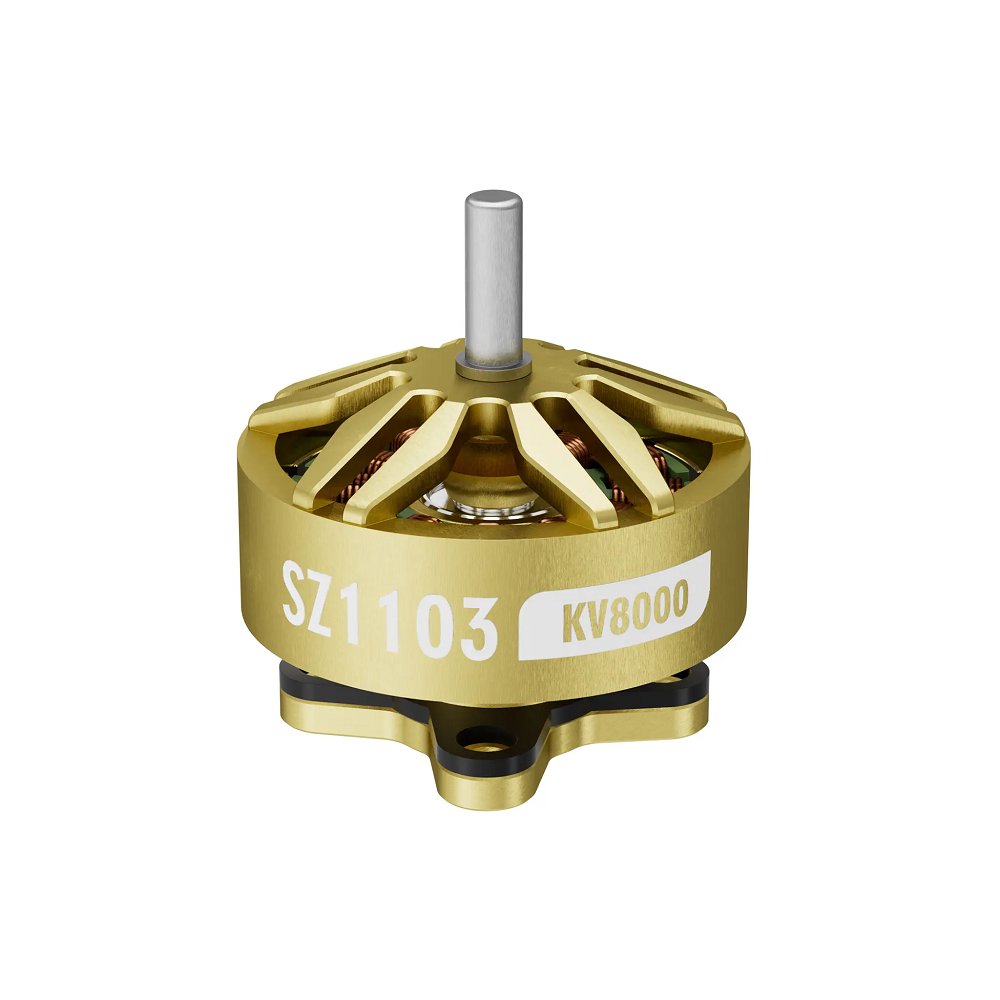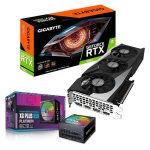Brushless motors have gained immense popularity in various applications, including drones, robotics, and electric vehicles. Their efficiency and longevity make them excellent choices for projects requiring reliable performance. However, like any piece of equipment, brushless motors require proper maintenance to optimize their performance and extend their operational life. In this article, we’ll explore practical tips and techniques to help you maintain and get the most out of your brushless motor.
Understand the Basics of Brushless Motors
How Brushless Motors Work
Before diving into maintenance, it’s vital to understand how brushless motors operate. Unlike brushed motors, which use brushes to conduct electricity to the rotor, brushless motors rely on electronic controllers to manage power. The rotor contains permanent magnets, while the stator has coils. When electric current flows through the coils, it creates a rotating magnetic field that interacts with the rotor’s magnets, causing it to spin. This design results in significantly enhanced efficiency, reduced wear, and longer operational life, but it does require a bit of attention to maintain its performance. Understanding these fundamentals aids in grasping why specific maintenance tasks are essential for longevity.
Different Types of Brushless Motors
Brushless motors come in several types, categorized mainly as inner rotor and outer rotor designs, each with specific applications and characteristics. Inner rotor motors generally offer higher speeds and better torque-to-weight ratios, making them suitable for dynamic applications like drones that require quick lifts and descents. Conversely, outer rotor motors often provide more stability and are typically used in applications that need consistent power delivery, such as robotic arms moving heavyweight components. Knowing the type of brushless motor you have will help you tailor your maintenance techniques properly and understand the particular demands your motor faces.
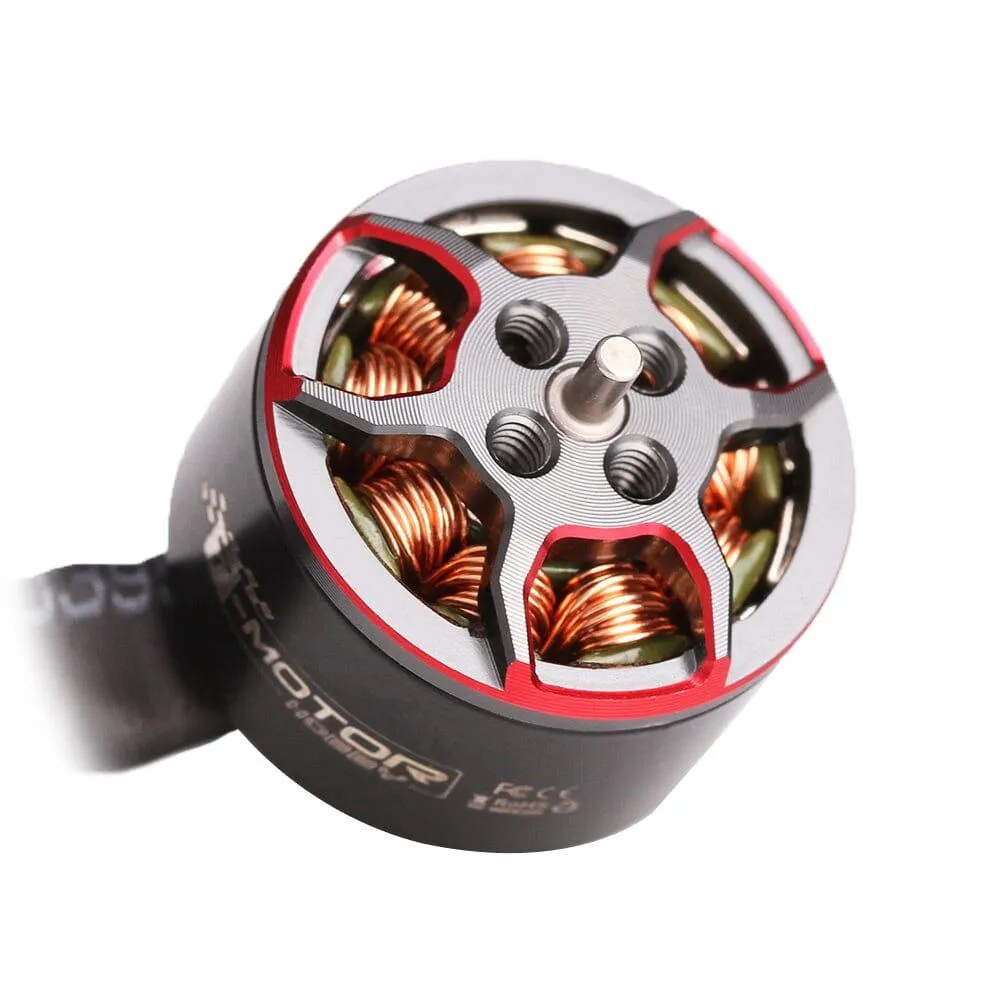
Regular Cleaning Is Essential
The Importance of Dust and Dirt Removal
Dust, dirt, and debris can accumulate in and around your brushless motor over time. This buildup can inhibit performance, lead to overheating, and even cause premature failure. A clean motor operates more efficiently, ensuring that airflow remains unrestricted. Regular interaction with an environment—especially in outdoor settings or workshops—exposes the motor to contaminants. Make it a habit to inspect your motor regularly and remove any accumulated dirt. Implementing a routine cleaning schedule enhances reliability and performance.
Recommended Cleaning Techniques
To clean your brushless motor effectively, start by powering down and disconnecting it from any electrical sources. Use a soft, lint-free cloth to wipe down the exterior. For hard-to-reach areas, consider using compressed air to blow out any dust or debris trapped within the motor casing. Be cautious not to use any liquid cleaners, as moisture can damage your motor’s internal components. Depending on your working environment, you might want to clean more frequently—perhaps after several months of use or if operating in dusty conditions. Regular cleaning contributes significantly to maintaining performance and restoring motors that may be suffering from performance issues due to accumulated buildup.
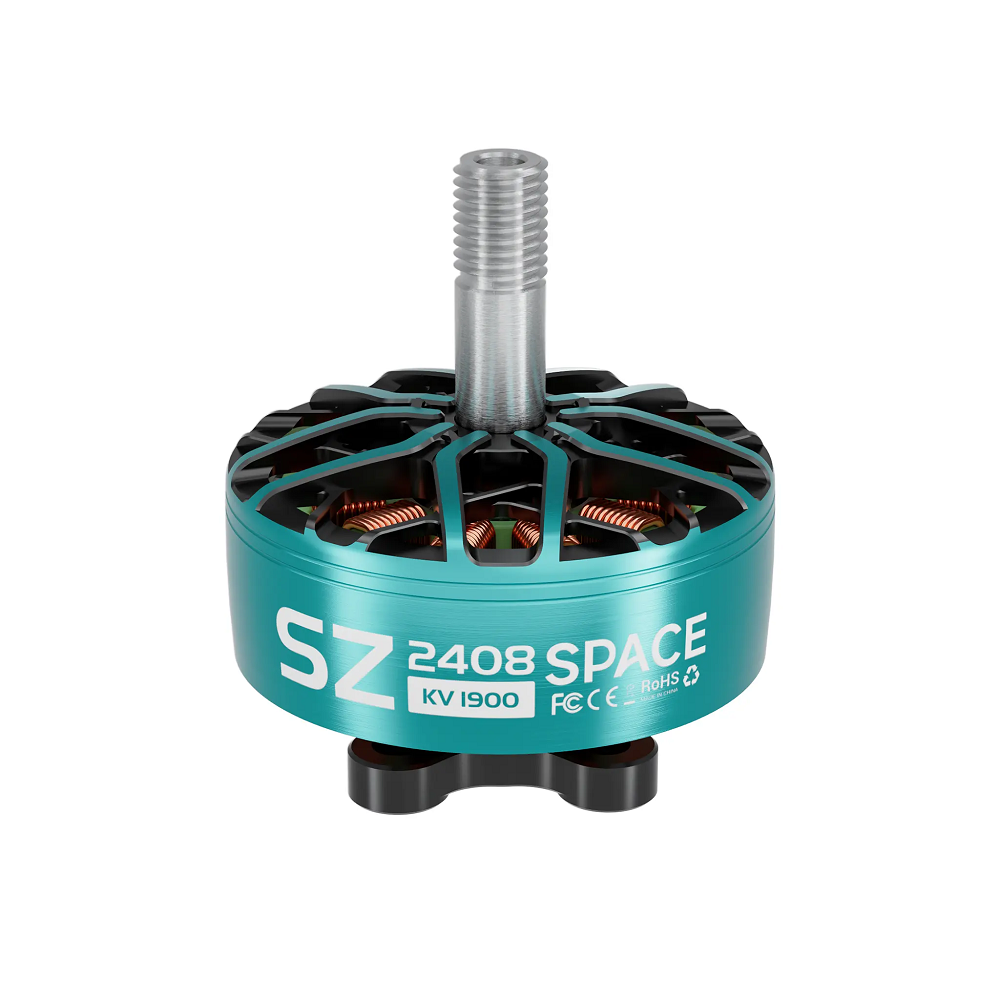
Monitor Temperature Levels
Understanding Temperature Effects on Performance
Temperature plays a significant role in the performance and longevity of brushless motors. Operating at elevated temperatures can lead to reduced efficiency, increased wear, and potential damage. While brushless motors are typically designed to handle heat within specific limits, excessive temperatures can push them beyond these thresholds, reducing their lifespan. Regularly monitoring temperature can provide crucial insights into motor health and help you identify when your motor may be working harder than intended.
Using Temperature Sensors
Installing temperature sensors can be an effective way to keep an eye on your motor’s operating temperature. Many modern electronic speed controllers (ESCs) come equipped with thermal sensors that provide real-time data. Knowing the temperature range can help you adjust your operating conditions, such as reducing load or improving ventilation, before damage occurs. If you discover that your motor frequently operates at high temperatures, consider improving cooling methods or reducing the load. Cooling options may include adding heatsinks, adjusting airflow around the motor, or utilizing external fans designed for motor cooling. By actively monitoring temperature levels, you can optimize performance and ensure a longer lifespan for your brushless motor.
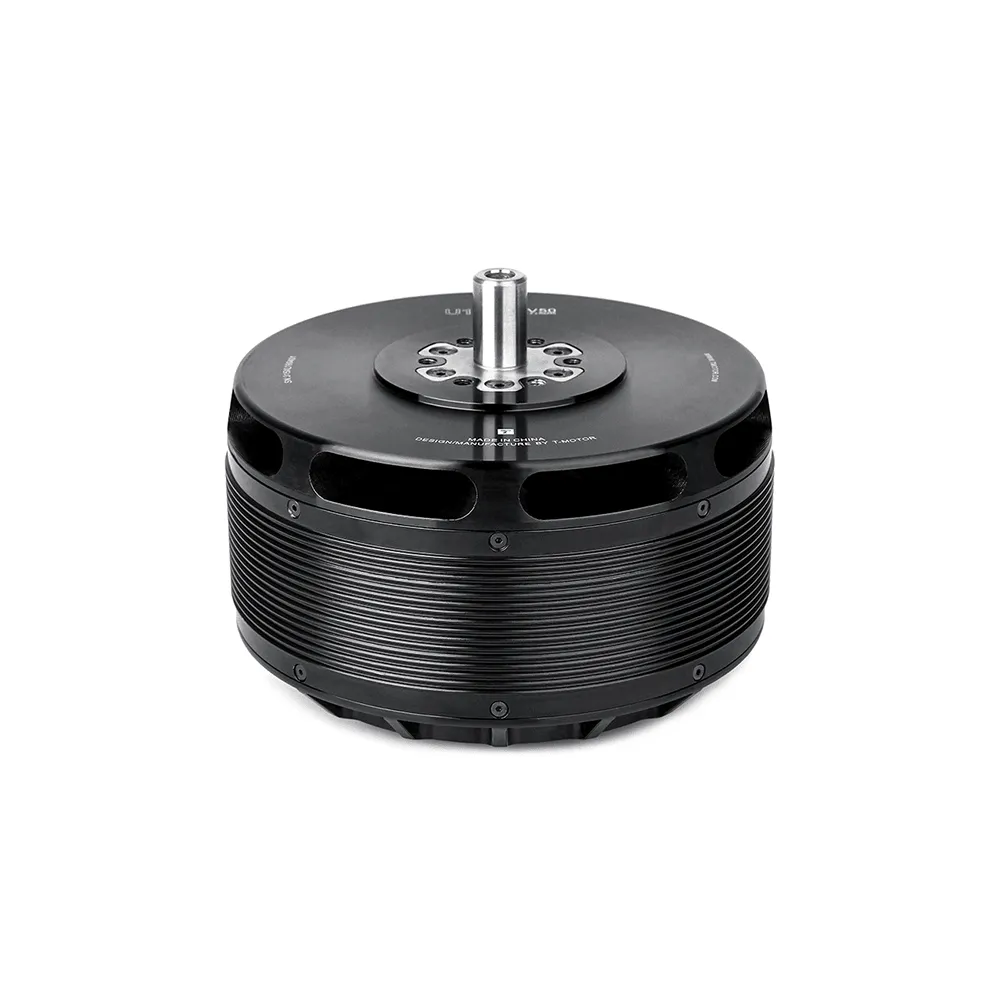
Check Electrical Connections
Inspecting for Loose or Corroded Connections
Electricity powers your brushless motor, so maintaining a clean and secure electrical connection is crucial. Loose or corroded connections can cause power loss, which negatively affects motor performance. Periodically inspect the wiring for any signs of wear or damage, focusing on connectors, solder joints, and insulation. A weak electrical connection can lead to inconsistent operation, efficiency loss, and potential overheating, which can promote further electrical issues.
Proper Connector Management
Use high-quality connectors, and ensure they fit securely together. Over time, even the best connectors can develop issues due to vibrations, which are common in many applications. Consider using dielectric grease on connectors to reduce corrosion and ensure better conductivity, especially if you operate in humid or corrosive environments. If you notice any loose connections, cut out the damaged sections and re-solder connections, making sure everything is secure. Taking these simple steps can significantly improve the reliability and performance of your brushless motor, allowing you to fully leverage its capabilities without fear of electrical failure.
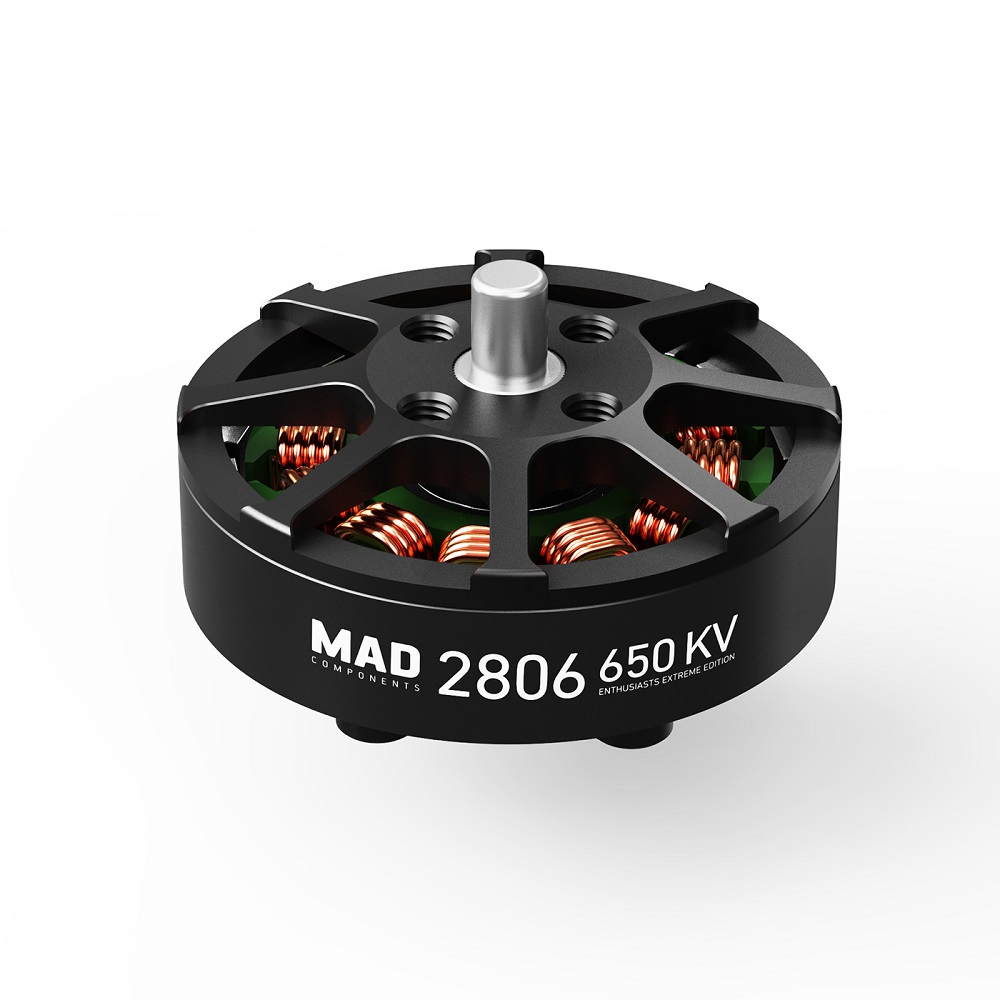
Lubrication and Bearings
Understanding the Role of Bearings
Bearings play a critical role in the smooth operation of brushless motors. They reduce friction and allow for efficient rotor movement. Over time, bearings can experience wear, leading to increased noise, reduced efficiency, and eventual failure. Although brushless motors often require less lubrication than brushed motors, it’s essential to periodically check their condition. Properly maintained bearings can extend the life of your motor by reducing the energy lost to friction.
How to Maintain Bearings
To maintain your bearings, take care when cleaning. Use a small amount of bearing oil or grease specifically designed for electric motors if lubrication is necessary. Apply only the manufacturer-recommended quantities, as over-lubricating can attract dirt and dust, negating the benefits of added lubrication. If you notice grinding noises or any unusual behavior when the motor runs, consider replacing the bearings entirely. Regularly inspecting and maintaining the bearings can contribute significantly to the overall longevity and efficiency of your brushless motor, ensuring that your project runs smoothly.
Implement Ideal Operating Conditions
Understanding Load and Usage
The way you use your brushless motor can significantly affect its wear and tear. Operating the motor consistently at its maximum rated load can lead to faster degradation and overheating. Make sure to assess your application’s demands and avoid pushing the motor beyond its limits. It’s beneficial to run the motor within a 70-80% load capacity for optimal performance and durability. Doing so reduces strain on internal components, allowing them to function better over prolonged periods.
Optimize Cooling and Ventilation
Additionally, ensure that your motor operates in a well-ventilated area. Restricted airflow can lead to trapped heat, which can severely impact performance and longevity. If you’re using the motor in a confined space, use innovative cooling methods that enhance airflow around the motor. Small fans or ventilation holes not only assist in heat dissipation but also help maintain consistent performance levels during extended operation. By creating an environment conducive to optimal functioning, you not only enhance performance but also extend the lifespan of your brushless motor.
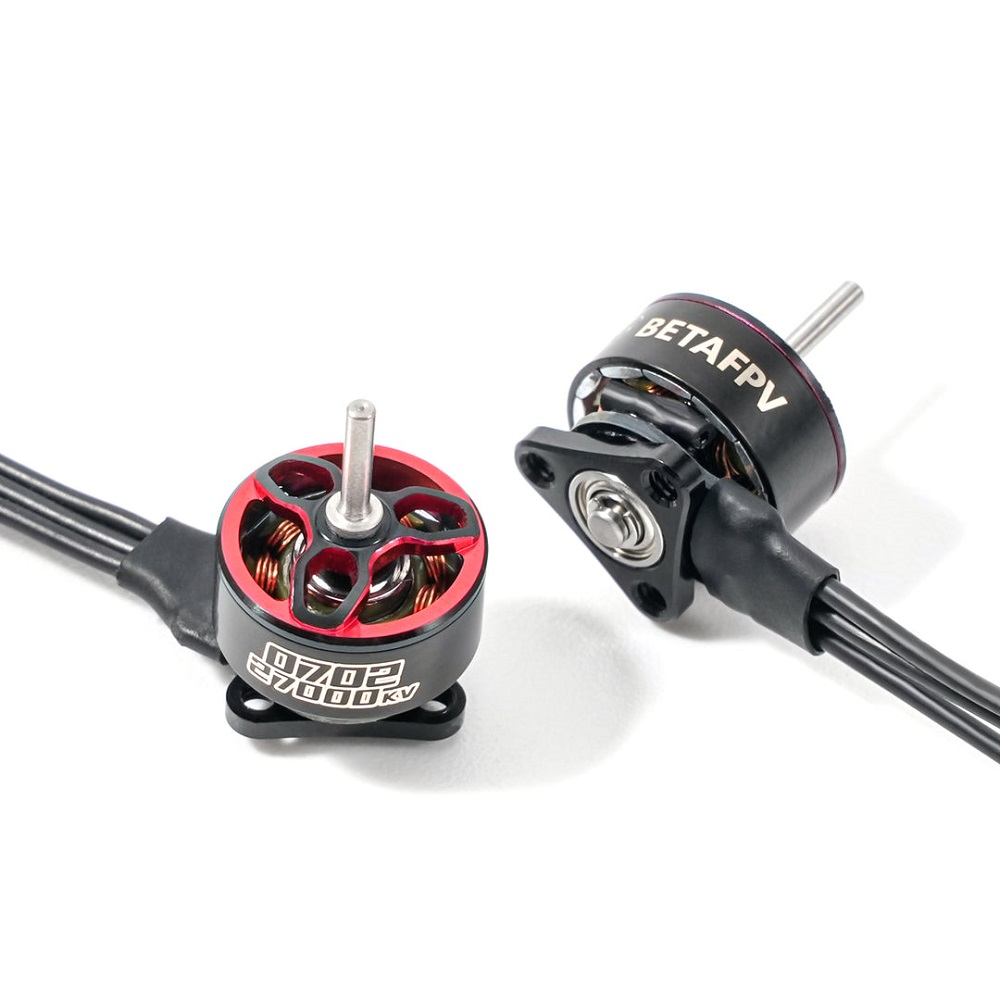
Regular Testing and Calibration
Importance of Routine Checks
Performing regular testing and calibration on your brushless motor can help you identify potential issues before they escalate into significant problems. Schedule routine checks to look for performance discrepancies, unusual noises, or vibrations. These signs often indicate wear or issues that require immediate attention. Early detection can save you from costly repairs and extensive downtime, facilitating the smooth operation of your project.
Calibration Techniques
For optimal performance, calibrate the electronic speed controller according to the manufacturer’s guidance. Properly calibrating the ESC ensures effective communication between the controller and the motor, allowing it to respond to throttle inputs swiftly and accurately. This calibration process is crucial for applications requiring precise control, such as racing drones or advanced robotic systems. By routinely calibrating, you ensure that your brushless motor operates at its peak efficiency, maximizing your investment in technology.
Maintaining Your Brushless Motor for Longevity
Maintaining your brushless motor is essential for optimizing performance and extending its lifespan. Regular cleaning, monitoring temperature levels, and checking electrical connections can help you catch potential issues early. Pay particular attention to the bearings and lubrication, and always implement ideal operating conditions to prevent unnecessary strain on the motor.
By understanding the specifications and limitations of your brushless motor, you can significantly enhance its reliability and performance in your projects. Regular testing and calibration ensure the motor operates at optimal levels, reducing the risk of failure and improving user experience. These proactive measures don’t just enhance performance; they also make your DIY projects more enjoyable and successful.
Investing time in maintenance yields long-term benefits. By delivering better results and extending the life of your brushless motor, you can reap rewards in efficiency and reliability. Whether you’re building an intricate robotic system or flying high with a drone, taking care of your motor will help you realize the full potential of your project. With a little attention and care, your brushless motor will serve you well, enabling countless hours of innovation and enjoyment. Don’t overlook these vital maintenance steps; they can make all the difference in your project’s success.
